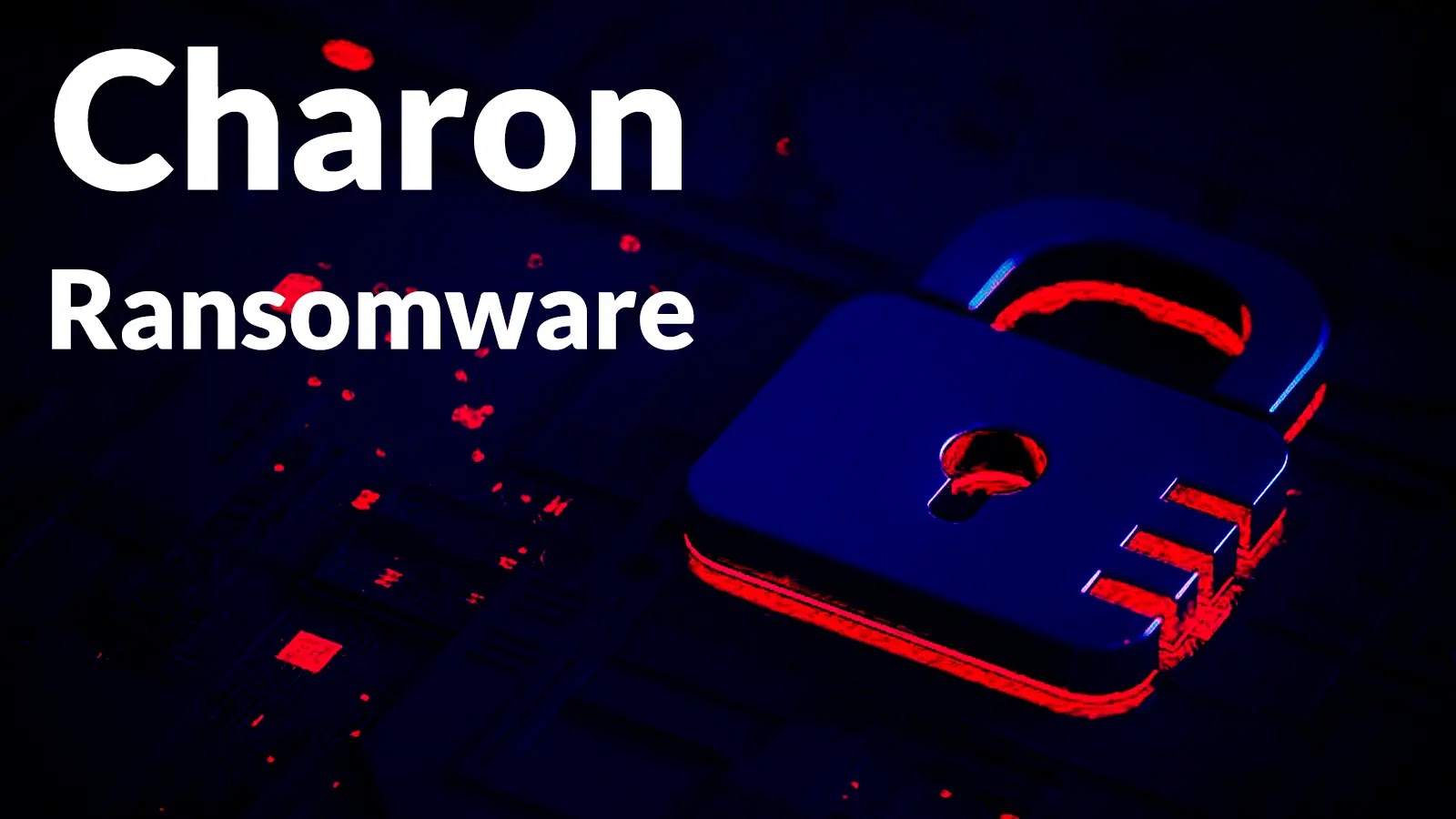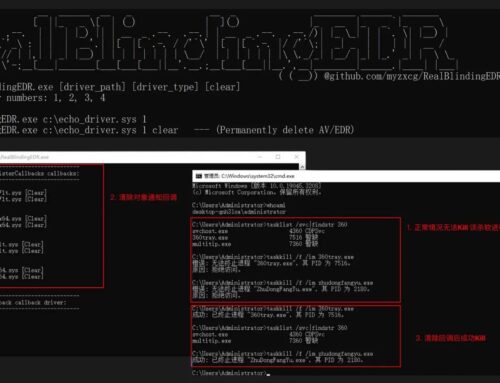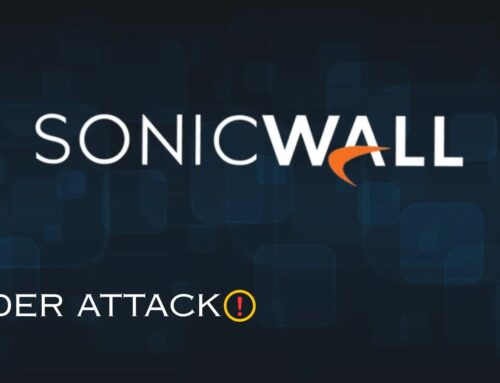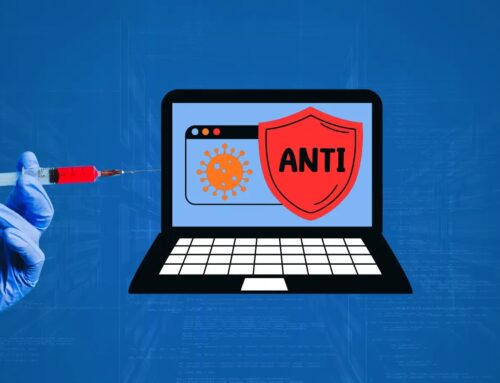
New Charon Ransomware Employs DLL Sideloading, and Anti-EDR Capabilities to Attack Organizations
Unmasking Charon: The New Ransomware Employing DLL Sideloading and Anti-EDR Tactics
The cybersecurity landscape just became a significant degree more perilous for organizations, particularly those in critical infrastructure. A sophisticated and aggressive new ransomware variant, dubbed Charon, has emerged, displaying an alarming blend of advanced persistent threat (APT) techniques typically reserved for nation-state actors. This isn’t your average ransomware; Charon’s operational methodology involves stealth, precision, and an exceptional capacity for destruction, targeting specific sectors with calculated intent. Understanding Charon’s modus operandi, especially its use of DLL sideloading and anti-EDR capabilities, is paramount for any organization serious about bolstering its defenses.
What is Charon Ransomware?
Charon is a freshly identified ransomware family exhibiting a level of sophistication that places it squarely in the realm of advanced cybercriminal operations. Initial observations indicate its primary targets include organizations within the Middle East’s public sector and aviation industry. This highly targeted approach suggests comprehensive reconnaissance and a deliberate strategy to maximize impact on high-value entities. Its emergence signifies a worrying evolution in ransomware attacks, moving beyond opportunistic broad-net campaigns to precise, APT-style incursions.
DLL Sideloading: Charon’s Stealthy Infiltration Vector
One of Charon’s most concerning attributes is its reliance on DLL sideloading for initial access and persistence. This technique exploits how legitimate applications load Dynamic Link Libraries (DLLs). Instead of relying on traditional phishing or exploit chains, attackers can place a malicious DLL in a directory where a legitimate application expects to load a commonly named DLL. When the legitimate application launches, it inadvertently loads the malicious DLL, granting the attacker execution within a trusted process.
- How it works: The attacker carefully crafts a malicious DLL with the same name as a legitimate one, bundling it with a compromised version of a trusted application. When the legitimate application attempts to load its required DLLs, it first searches the current working directory. If the malicious DLL is found there, it is loaded instead of the benign one residing in a system directory.
- Advantages for attackers: This method allows Charon to execute code under the guise of a legitimate process, significantly reducing its chances of detection by traditional security solutions that might flag unknown executables. It provides a stealthy bypass for many endpoint security measures.
Anti-EDR Capabilities: Evading Detection and Response
Beyond stealthy infiltration, Charon ransomware demonstrates advanced anti-EDR (Endpoint Detection and Response) capabilities. EDR solutions are designed to monitor endpoint and network events, detect malicious activities, and provide incident response capabilities. Charon’s design actively works to circumvent these sophisticated defenses.
- Techniques employed: While specific anti-EDR methods used by Charon haven’t been fully detailed, typical techniques include:
- Process hollowing or injection to run malicious code within legitimate processes.
- Direct syscalls to bypass API hooking by EDRs.
- Memory obfuscation and encryption to hide malicious payloads.
- Disabling or tampering with EDR agents and services.
- Identifying and avoiding execution in environments where EDRs are detected.
- Impact: By disabling or evading EDR solutions, Charon significantly hampers an organization’s ability to detect the ransomware during its early stages of compromise, allowing it to move laterally, encrypt data unimpeded, and maximize damage before any defensive action can be taken.
APT-Level Sophistication in Cybercriminal Operations
Charon’s use of targeted attacks, DLL sideloading, and anti-EDR features elevates it beyond typical cybercriminal ransomware. These tactics are hallmarks of Advanced Persistent Threats (APTs), often associated with state-sponsored groups due to the resources, expertise, and time required to develop and execute such campaigns. The shift towards APT-like behaviors in financially motivated attacks signals a dangerous escalation in the cyber threat landscape, demanding a more proactive and robust defensive posture from all organizations.
Remediation Actions and Proactive Defenses Against Charon
Given Charon’s advanced techniques, a multi-layered and proactive defense strategy is essential. Organizations must move beyond basic security hygiene to implement sophisticated controls and incident response capabilities.
- Enhanced Endpoint Visibility: Implement and meticulously configure EDR solutions that offer deep visibility into process execution, memory activities, and file system changes. Regularly review and tune detection rules.
- Application Whitelisting: Restrict executable files to only those explicitly allowed. This mitigates the risk of unauthorized applications and malicious DLLs running on endpoints.
- Software and System Patching: Regularly apply security patches to all operating systems, applications, and network devices. While Charon isn’t primarily exploiting known CVEs for initial access, unpatched systems offer other avenues for compromise.
- Network Segmentation: Isolate critical systems and sensitive data using network segmentation. This limits lateral movement even if an initial compromise occurs.
- User Education and Awareness: Train employees on the dangers of suspicious emails, attachments, and links, emphasizing the importance of reporting anything out of the ordinary.
- Strong Backup and Recovery Strategy: Maintain frequent, isolated, and tested backups of all critical data. Ensure backups are immutable and stored offline or in a segregated environment that cannot be accessed by ransomware.
- Privileged Access Management (PAM): Implement strict control over privileged accounts, utilizing Just-in-Time (JIT) access and multi-factor authentication (MFA) for all administrative interfaces.
- Threat Hunting: Actively search for signs of compromise within your environment, going beyond automated alerts. Look for anomalies that might indicate DLL sideloading attempts or EDR evasion tactics.
Tools for Detection and Mitigation
Leveraging the right tools can significantly enhance your defense against sophisticated threats like Charon.
| Tool Name | Purpose | Link |
|---|---|---|
| Sysmon | Advanced local event logging for detecting process creation, network connections, and DLL loading events. Crucial for identifying DLL sideloading. | https://learn.microsoft.com/en-us/sysinternals/downloads/sysmon |
| Threat Intelligence Platforms (TIPs) | Aggregates and analyzes threat data, providing indicators of compromise (IOCs) and context on new threats like Charon. | Varies by vendor (e.g., Anomali, Recorded Future, Palo Alto Networks Unit 42) |
| Endpoint Detection & Response (EDR) Solutions | Behavioral analysis, anomaly detection, and automated response capabilities to detect and mitigate advanced threats. | Varies by vendor (e.g., CrowdStrike, SentinelOne, Microsoft Defender for Endpoint) |
| Security Information and Event Management (SIEM) | Centralized logging and correlation of security events for comprehensive threat detection and analysis. | Varies by vendor (e.g., Splunk, IBM QRadar, Microsoft Sentinel) |
Conclusion: A Call for Enhanced Cyber Resilience
The emergence of Charon ransomware, with its TTPs mirroring nation-state actors, represents a critical turning point in cybercrime. Its use of DLL sideloading for stealth and anti-EDR capabilities for evasion demands that organizations elevate their security posture. Patching vulnerabilities (CVE-2023-XXXXX – *placeholder, as no specific CVEs were mentioned for initial access related to Charon in the source*), segmenting networks, implementing robust EDR, and fostering a culture of cybersecurity awareness are no longer optional. Proactive threat hunting and a comprehensive incident response plan are essential to withstand the onslaught of increasingly sophisticated threats like Charon and ensure ongoing operational resilience.





